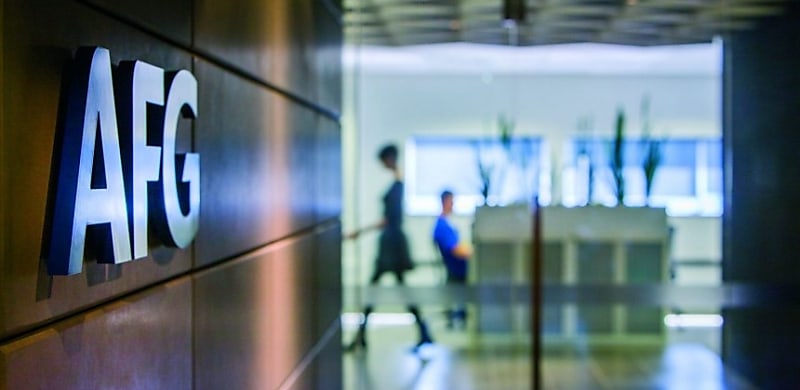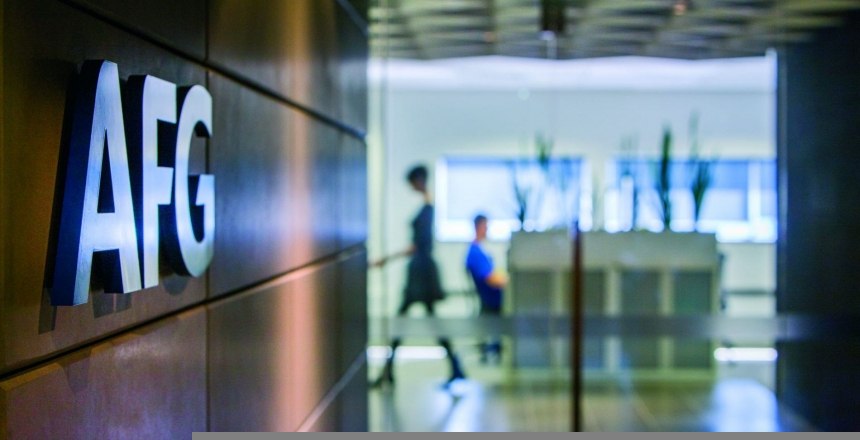
The proportion of first home buyers has continued to drop, with AFG data finding that just 11 per cent of borrowers entered the market for the first time in 2Q23.
Increasing mortgage rates and tightened serviceability hurdles have resulted in a fall in the volume of first home buyers (FHBs) entering the property market, aggregation company Australian Finance Group (AFG) has found.
According to the ASX-listed aggregator’s AFG Mortgage Index for the second quarter of the financial year 2023 (2Q23), just 11 per cent of all loans lodged by the AFG broker network were for FHBs.
The figure marked a fall of 2 percentage points on the same period last year and is down from 12 per cent on 1Q23.
Indeed, the proportion of FHBs in market has been falling over the past year. While AFG had found that a record proportion of FHBs was coming into market in the first half of FY21 (with more than a fifth of AFG clients being FHBs at this time), they were being buoyed by record-low interest rates and wide-ranging government incentives.
According to the aggregation group, the data showed that FHBs are now “feeling the impact of reduced borrowing capacity” in a rapidly rising rate environment.
While FHB activity has been falling, AFG brokers have been seeing a rise in the proportion of borrowers refinancing.
Indeed, nearly a third of AFG broker lodgements (31 per cent) were for borrowers who were refinancing their mortgage in 2Q23. This was up from 25 per cent the year prior and 29 per cent in 1Q23.
AFG chief executive David Bailey commented that “significant cashback offers for new customers are driving inquiry” as lenders fight for business from those refinancing.
“The chase for market share by the majors offering cashback and then (ultimately) charging customers a higher rate once they are an existing customer, is disappointing,” he continued.
“A more equitable action would be for those lenders to use those funds to reduce interest rates across the board for all customers.”
He flagged that low introductory rates and cashback offers often came at the expense of permanent rate discounts for loyal customers, which was why brokers were perfectly placed to help borrowers navigate which lender might be best for them.
Mr Bailey added that non-major lenders were seeing more business from AFG brokers in Q2, writing around 40 per cent of AFG broker business.
Macquarie, Bank Australia, Great Southern Bank, and Suncorp all recorded market share increases from AFG brokers, with Mr Bailey commenting: “Macquarie’s result provides evidence that you don’t need to throw cash at customers to obtain business if the overall proposition to consumers is strong.”
The aggregation group’s Mortgage Index also showed that the volume of borrowers looking to upgrade their property had dropped, falling from 43 per cent to 39 per cent year-on-year. This marked the first time that upgraders have accounted for less than two-fifths of AFG broker lodgements for over two years.
The AFG data echoed trends seen more broadly across the mortgages space.
Recent data from the Australian Bureau of Statistics (ABS) has revealed that 2Q23 ended with strong refinance activity.
The Lending Indicators data showed that a total of $19.1 billion in mortgages were refinanced in December 2022.
While the value of total housing loan refinancing between lenders fell 1.5 per cent on November figures, it still remains the second-highest level on record.
 Login
Login











JOIN THE DISCUSSION